Dragons in the service of Her Majesty
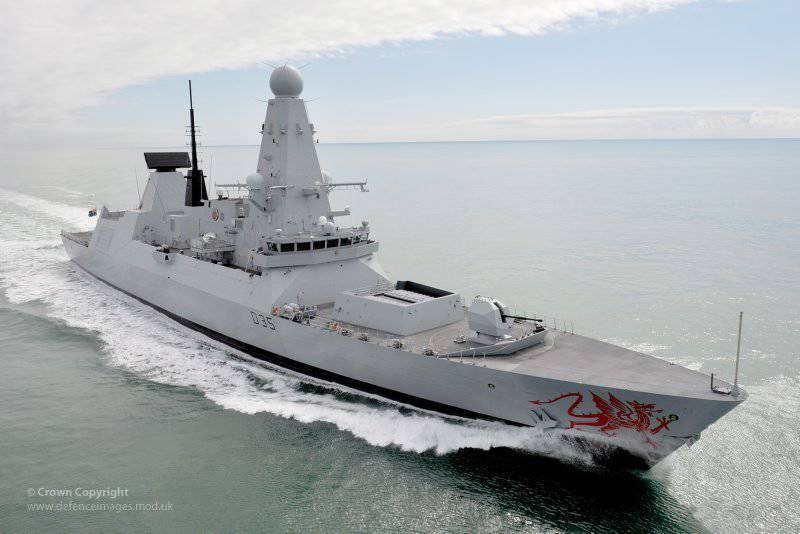
Legendary British pirate Sir Francis Drake argued that the best emblem for a warship is the corpse of an enemy nailed to the bow. The stem of the new British ship HMS Dragon is decorated with no less symbolic sign - a red Welsh dragon. National Emblem of Wales. Symbol of the integrity and security of the protected object. The vigilant guard, day and night, guards the treasures entrusted to him.
Medieval mysticism wonderfully intertwines with modern technology. “All-Seeing Magic Crystal” acquired the features of a three-coordinate radar with an active PAR, capable of seeing an albatross at a distance of 100 km. And the “arrows of Robin Hood”, having flown through seven centuries, turned into 48 anti-aircraft missiles of the Aster family, which hit the 120 kilometers without a miss.
HMS Dragon is the fourth ship in the series of six destroyers of the Royal Navy of Great Britain belonging to the Daring type (Daring, Dauntless, Diamond, Dragon, Defender, Duncan). Specialized air defense destroyers, "sharpened" under the protection of ship connections from any means of air attack in the coastal zone, in open sea areas and in the expanses of the oceans.
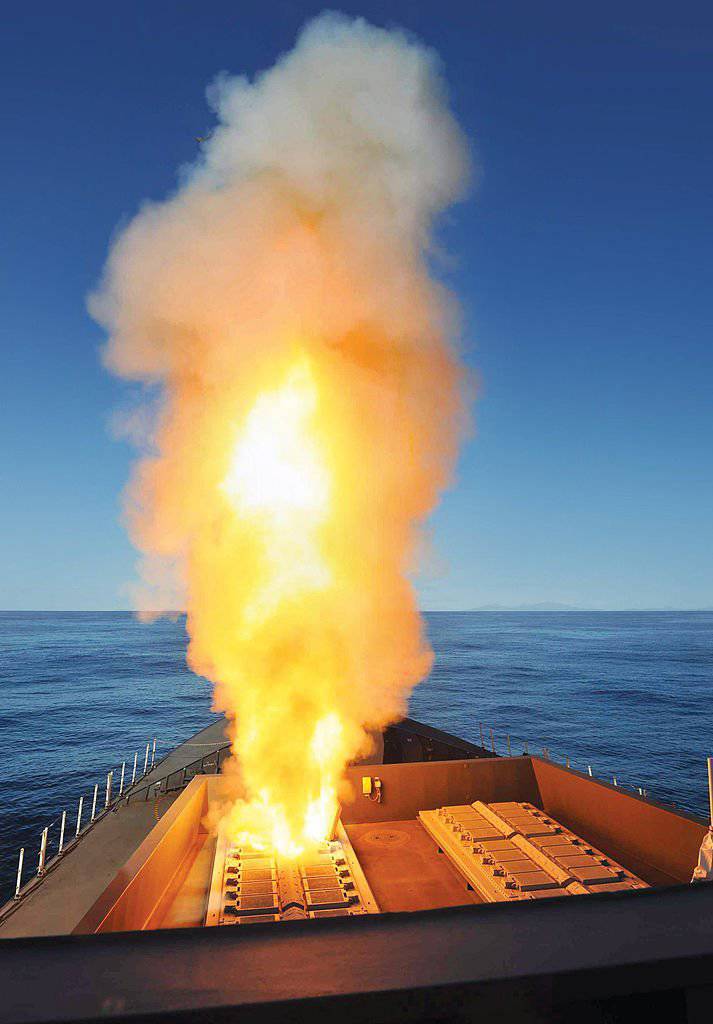
The roots of the “Daring” destroyers (also known as “type 45” or “type D”) go back to the 1990s, when European countries decided to create their own new generation warship that is not inferior to the American destroyers like Orly Burk. The result of the joint British-French-Italian CNGF (common new generation frigate) program was the emergence of horizon-type overgrown frigates (adopted by the Italian and French Navy), as well as their more advanced version — the British Deering-type destroyers.
The idea was definitely a success: thanks to its perfect design and ultra-modern "stuffing", "Derring" and "Horizons" surpassed American Aegis destroyers in a number of important characteristics. Particularly impressive is the "Daring": even the latest modifications of the American "Berkov" politely leave at the sight of the British paladin.
Externally, “Daring” is a typical modern destroyer with a full displacement of about 8000 tons. Charming lines of superstructures and enclosures. A minimum of external decorative elements only emphasize the nobility of “Dering”, whose appearance is entirely subordinate to the “stealth” technology. Underdeck accommodation weaponsvertical rocket launchers, slender masts, a helicopter hangar and a landing pad aft ...
But the main secrets of the ship are hidden inside - under the brilliance of polished decks and the radio-transparent caps of antennas there is SOMETHING that challenged all existing technologies and canons of naval combat in the surface-to-air format.
British scientists, in collaboration with their Italian and French colleagues from MBDA and Thales Group, played all-in, managing to create the world's first anti-aircraft missile with fully autonomous aiming at the target, according to the principle of “fired and forgotten”.
Of course, this does not exclude the possibility of external control of the rocket: all SAM systems of the Aster 15 / 30 family are equipped with a reprogrammable autopilot: in the middle section of the trajectory, the rocket can be contacted by means of the ship’s electronic means and can be corrected until complete.
But the real focus is on the final leg of the flight: the Aster 15 / 30 rocket has an active homing head (GOS).
Everything! No more restrictions and troubles associated with the need for external illumination of the target - the active GOS independently radiates radio waves and receives the reflected signal. Destroyer "Daring" can, like a machine gun, "peel" at air targets, not thinking about the number of missiles in the air and the number of fire control radars on board - they simply do not need them.
An anti-aircraft missile with an active seeker is a real surprise for the enemy aviation: in vain the pilot throws the plane down, trying to go to an extremely low altitude - to where the radar lights mounted on board the ship will not get it. The launched Aster-30 rocket will calmly follow the intruder in any direction - when she sees her opponent only once, she will never lag behind her “victim”.
Aster 30's excellent flight characteristics, excellent maneuverability and high speed of flight, reaching sound speeds 4,5, allow you to intercept any aerodynamic targets in the range of heights from 5 to 20 000 meters: aircraft, supersonic cruise missiles, and combat blocks of short-range ballistic missiles.
4 April 2012 was set another record - the French frigate Forbin * was able to hit the Aster 30 anti-aircraft missile with a GQM-163A Coyote supersonic drone racing over the crests of waves at Mach 2,5 speed.
At that time, the GQM-163A Coyote imitated the promising Russian-Indian anti-ship missile Brahmos. It is reported that the flight altitude drone was only 15 feet (5 meters) - thus, the Aster 30 anti-aircraft missile for the first time in the world demonstrated the real possibility of intercepting supersonic targets traveling at extremely low altitude.
* D 620 Forbin - frigate type "Horizon". Almost complete analogue of "Dering", only with the difference that the British destroyer is even cooler and more perfect.
In addition to the “long-range” Aster 30, the “short” Aster-15, which is a complete analog of the Aster 30, but without a booster, is included in the ammunition package. Despite the worst flight performance (range of the entire 30 km, maximum flight speed no more than 3,5 M), the “short” Aster 15 has one important advantage: less response time and, therefore, more opportunities to intercept targets in the near zone (“dead zone "is just 1 mile from the ship's side) - a reliable means for the ship's self-defense against low-flying cruise missiles.
All of this is the PAAMS European Marine Anti-Aircraft Complex (Principal Anti-Air Missle System), which includes, in addition to the Aster family of missiles, vertical SYLVER installations and a fire control system based on the EMPAR or SAMPSON multifunction radars.
Unlike Italian and French frigates that use the powerful, but, in general, unremarkable three-axis radar EMPAR, the “Daring” is equipped with a far more fancy device - the SAMPSON radar with an active phased antenna array (also known as Sea Viper ).
While designing their super-destroyer, British scientists considered the American scheme adopted by Ajis cruisers and Burke destroyers to be non-optimal (four flat fixed radar AN / SPY-1 antenna arrays placed in quadrants at 90 intervals). This scheme, with its apparent simplicity and efficiency, has several disadvantages: for example, it is ineffective in repelling massive attacks from one direction - it overloads the grid, while the other three are not possible to use. Another important drawback - the American solution does not allow to install four heavy PARs high above the water surface (really, do not install an additional mast under each of the four antennas?) - as a result, the antennas are simply attached to the outer walls of the superstructures, like pictures in the Tretyakov Gallery, which are somewhat limits the radio horizon and the detection range of low-flying targets.
The British sailors are different.
At the top of the “Daring” foremast, a radio-transparent cap shines in the sun glare, under which the platform with two active HEADLIGHTS rotates, 2560 radiating elements each.
The radiating elements are grouped in 640 transceiver modules, 4 elements in each, capable of implementing 64 different gradations of the signal in phase and amplitude. Communication with the central computer takes place via a fiber-optic network with a data transfer rate of 12 Gbit / s. The mass of the antenna post 4,6 tons, speed - 60 r / min. The range of radiated frequencies 2-4 GHz (Short-band range at the junction of centimeter and decimeter waves). An antenna cooling system is available to reduce the heat signature of the destroyer. In the future, it is possible to install a third antenna array facing the zenith.
As noted above, a fantastic device is able to see the bird from a distance of 100 km - at short distances, the vigilance of the SAMPSON is amazing. In theory, the energy capabilities of the SAMPSON allow you to control the airspace at a distance of several hundred kilometers, however, this is not his task - see the next paragraph.
In the aft part of the “Dering” superstructure, a second early warning radar was mounted (damn, one is better than the other!) With active phased array - BAE Systems S1850M operating in the range of decimeter waves. The anthracite-black antenna S1850M weighing 6 tons every minute makes 12 revolutions around its axis and is capable of automatically tracking the position of air targets up to 1000 within 400 radius of the ship.
New "Dreadnought"
The efforts of the engineers were crowned with success: February 1 of the year 2006, rocking majestically on the waves of the Clyde River, the destroyer Daring stepped onto the water - the lead ship in a series of six destroyers. The invincible Asterion, whose arrows without a miss, “land” anyone who dared to break through to him through the air.
Today, HMS Daring is the most advanced air defense (antimissile) defense ship in the world, whose capabilities in repelling air attacks "are tucked into the belt" of any American Berk or Russian nuclear-powered cruiser Peter the Great.
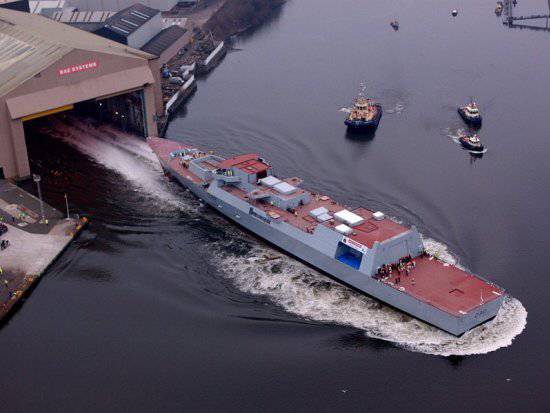
Exactly 100 years before “Dearing”, 10 February 1906, another British ship HMS Drednought, a legendary battleship, instantly made all existing battleships and battleships obsolete, made a similar revolution in shipbuilding.
But, despite the repetition of success and impressive air defense capabilities, it was not without an obligatory portion of tar: one of the main drawbacks of “Derring” called it too narrow a specialization.
Anti-aircraft missiles are good, but where are the strike weapons? Where are anti-submarine weapons? Where are melee systems like the Russian "Dirks" or the American "Phalanxes"? And why is the anti-aircraft ammunition so small - just Aster 48 / 15 30 missiles?
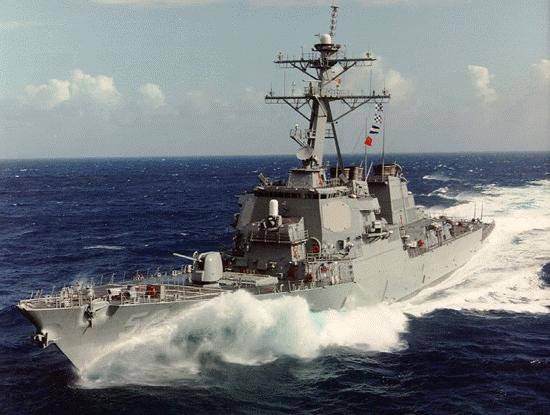
With an impartial comparison with an American classmate, Aegis, the destroyer of the Orly Burk type, the British Daring looks like a real mediocre. "American", with a similar displacement (9000 ... 9700 tons versus 8000 "Daring") and equal cost carries 96 vertical launchers, each of which may contain an anti-aircraft missile of the Standerd family, the Tomahawk anti-aircraft missile, anti-missile torpedo or ESSM self-defense missiles (4 in one cell). Small-sized torpedoes Mk.46, a larger caliber of universal artillery and the presence on board of self-defense systems (Phalanxes, SeaRAM) can not even be taken into account - and without these "little things" it is clear that the Burke is a more efficient and balanced ship, and the relatively weak capabilities in terms of air defense are compensated by the huge number of built destroyers (62 “Burke” against 6 “Derring”) - radar and missiles will be enough for everyone.
But ...
The obvious advantage of “Burke” over “Daring” is not at all obvious, if you look at the situation from a slightly different angle.
Critical experts usually do not take into account that the “Daring” is structurally underloaded - on it, as on most ships of European countries, for economic reasons there is no number of systems originally planned and equipment. At present, British seafarers simply do not need a surface ship with sea-based cruise missiles, and the installation of the anti-ship missiles would be a waste in view of the absence of any possibility to use all these weapons.
When the need arises, the alleged weakness of the “Dearing” can be corrected as soon as possible: the destroyer provides for the possibility of installing two XWUM charging modules of the CIP - the French SYLVER A-8 or the American Mk.70 VLS in the “shock” version - to accommodate 41 cruise missiles "Tomahawk" or promising European SCALP Naval.
Modernization is facilitated by the modular design of the destroyer and the initial unification of the ship's systems with European and American weapons.
Also, there is a reserved space for the Mk.141 launcher for the launch of the Harpoon anti-ship missiles. In addition to the two already available rapid-fire artillery installations "Oerlikon" DS-30B with optical-electronic guidance systems, the installation of automated anti-aircraft guns Phalanx CIWS is possible.
Like any modern ship, “Dering” is moderately universal and allows you to solve many pressing problems that arise before the Naval Fleet these days.
“Daring” can hardly be called toothless in terms of anti-submarine warfare: as a modern destroyer relies on, it is equipped with an MFS-7000 underground sonar, and the lack of PLUR and small-sized torpedoes is partially compensated by two anti-submarine helicopters from Westland Lynx (or one heavy multipurpose AgustaWestland Merlin ACL that does not accept this one. 14,6 tons).
There is universal artillery - “Daring” is able to provide modest fire support with its 4,5-inch (114 mm) Mark 8 naval gun or repel a possible terrorist attack (for example, undermining the Cole US Navy destroyer in the port of Aden, 2000) using the above two installations "Oerlikon" DS-30B.
Special features include a flagship command post, semi-rigid motor boats and the possibility of using a mini-UAV. Comfortable interior space destroyer with air conditioning, LCD panels and Wi-Fi can be in the blink of an eye turned into a modern hospital or a center for evacuation and assistance to victims of various emergencies.
It is noteworthy that for controlling a ship of considerable size, the crew has enough crew of just 190 people (for comparison, the crew of the American destroyers Burke consists almost of 400 sailors).
New British ship is worthy of sincere admiration. Again, the old anthem of “Rule, Britain, the seas!” Will sound again over the sea, however, this time it is necessary to recognize that despite all its British stiffness and the lingering sounds of bagpipes, the fantastic destroyer Daring is a collaboration of the best specialists from all over Europe .
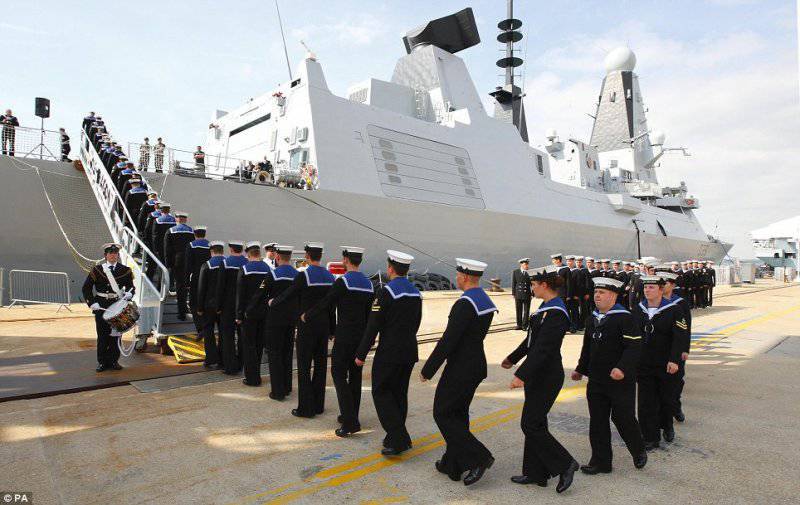
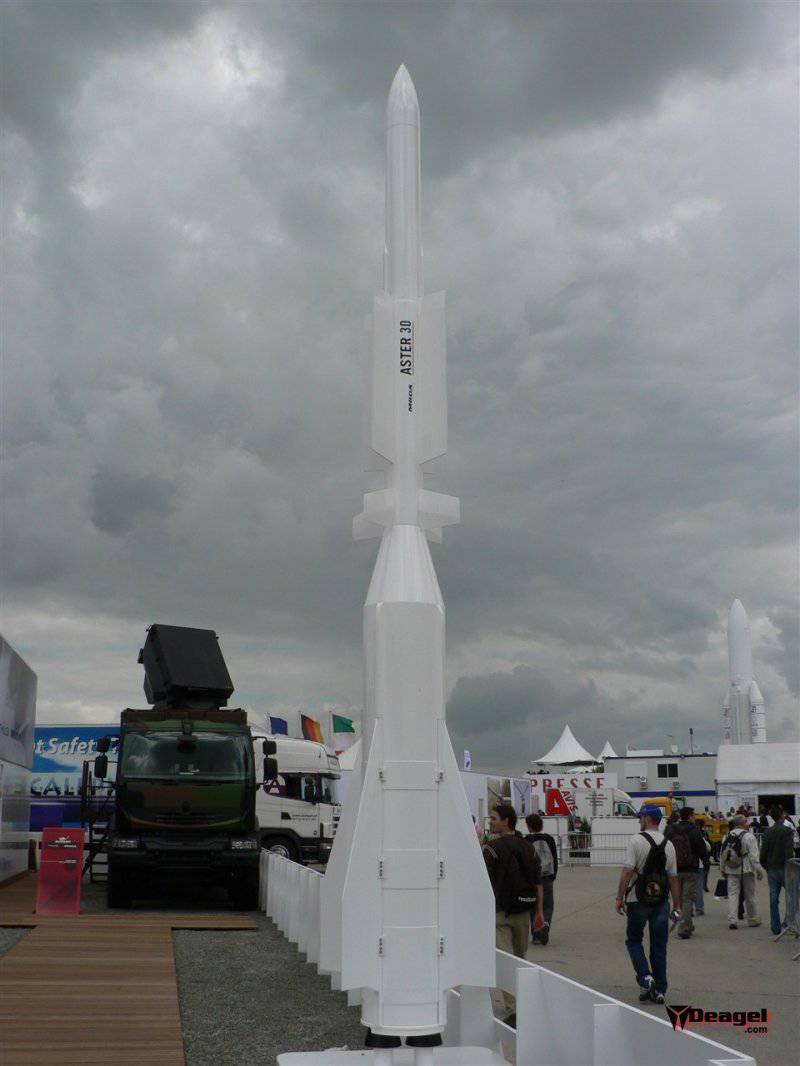
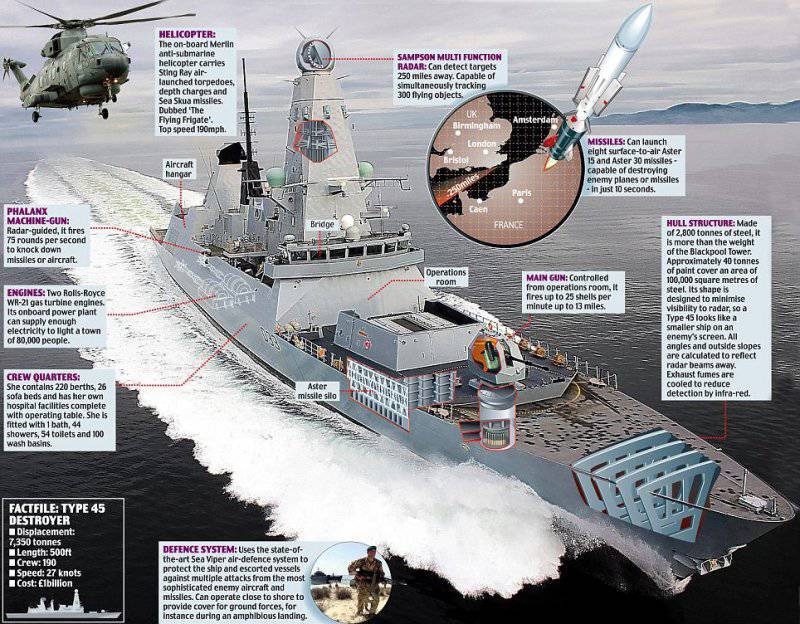
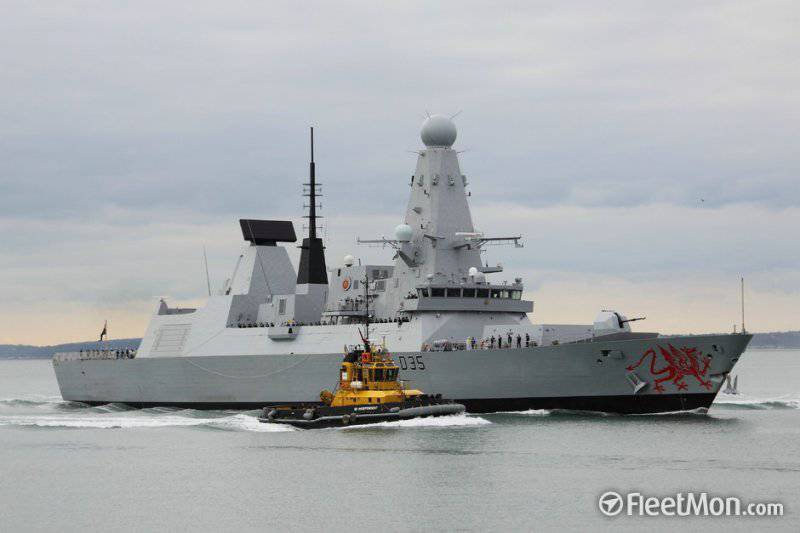
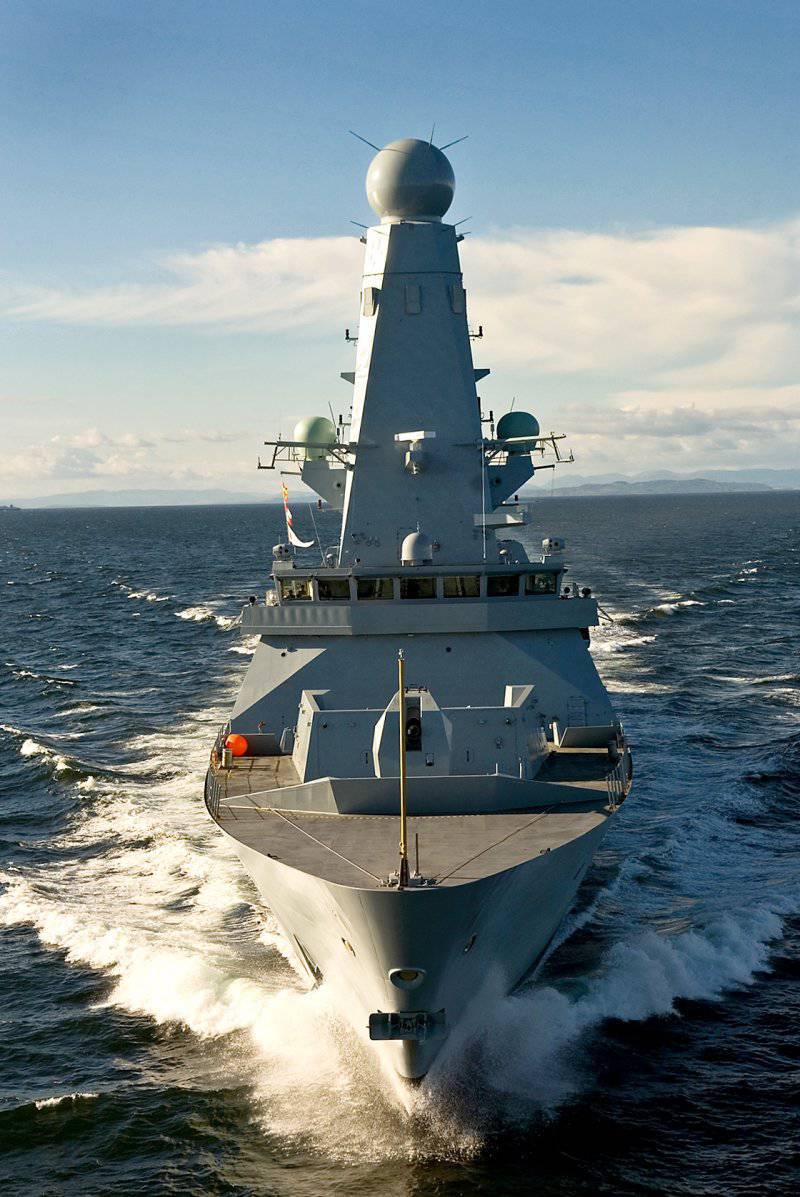
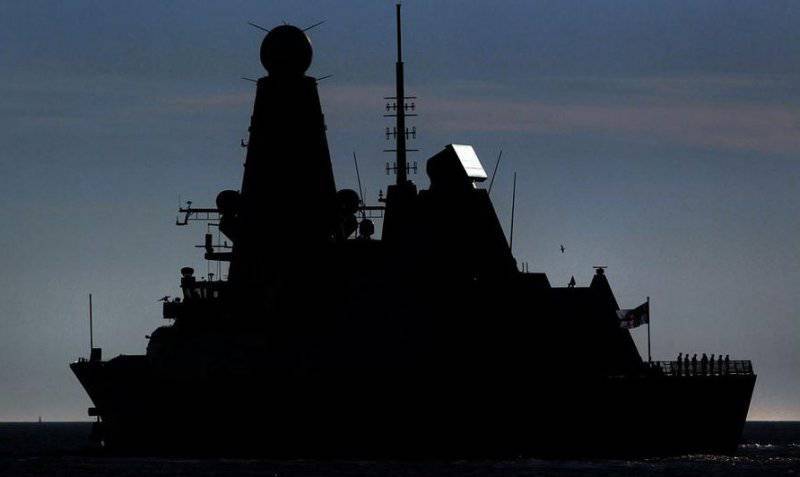
Information